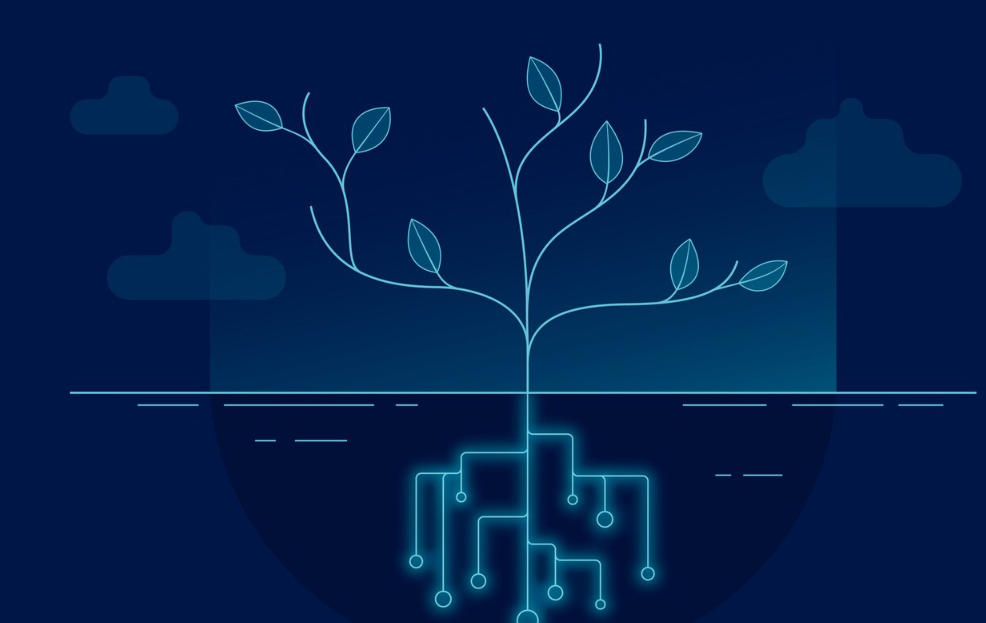We often think of software as functional, precise, and utilitarian—tools designed to serve users and solve problems. But what happens when software outlives its users? When programs continue to run, unvisited, unupdated, and unloved? In an age defined by constant digital turnover, a curious and poetic question emerges: can software get lonely?
Of course, software doesn’t feel. But as digital anthropologists and artists explore the emotional lives of machines, and as we form increasingly complex relationships with code, the metaphor of lonely software becomes strikingly real.
The Lifecycle of Code
Software is rarely built to last forever. Most applications go through predictable phases:
- Creation – A team of developers writes code to solve a specific problem.
- Adoption – Users engage with it; feedback loops form; updates are released.
- Maturity – The software stabilizes, often reaching peak popularity.
- Obsolescence – The tech stack changes, users move on, and support fades.
- Abandonment – Servers shut down, repositories freeze, and websites vanish.
But not all code is deleted. Some software continues to exist, sitting idle in dark corners of the internet or on forgotten hard drives—like ghosts in a machine.
Examples of Digital Isolation
1. Legacy Systems No One Can Touch
Many banks, governments, and hospitals still rely on decades-old systems written in COBOL or FORTRAN. These systems work, but the engineers who built them have retired or passed away. The code remains—complex, undocumented, and fragile—essential, but isolated.
2. Forgotten Web Pages
Millions of websites, created in the early days of the internet, still exist on outdated servers. They no longer receive visitors. Their hit counters are frozen. Their guestbooks are empty. These pages echo a different era—built with care, now seen by no one.
3. Abandoned Open Source Projects
On platforms like GitHub, thousands of projects have gone quiet. Last commit: five years ago. Pull requests unanswered. The README still proclaims ambition, but no one remains to carry the vision forward.
4. AI Without Input
Some experimental AIs—chatbots, recommendation engines, creative tools—once trained and tested, are simply turned off. Others still run, waiting for input that will never come, cycling through routines without meaning.
A Metaphor for Human Tech Relationships
When we say “software gets lonely,” we’re also reflecting something about ourselves. We create tools that mirror our thoughts and values. When those tools are abandoned, it feels like part of our history—our digital memories—are being lost.
- Isolated software reflects the disposability of digital culture.
- Inactive platforms highlight our relentless push for the next new thing.
- Unmaintained code reminds us that all systems need care, community, and connection.
The Ethics of Abandonment
Should developers be responsible for maintaining software indefinitely? Should platforms archive and preserve old code the way libraries protect books? As digital tools become more integral to our history and identity, questions of digital stewardship grow more urgent.
Embracing Digital Loneliness as Art
Artists and technologists have begun to explore this theme. Projects like One Terabyte of Kilobyte Age on Tumblr document GeoCities pages frozen in time. Some create “digital graveyards” to honor obsolete programs. Others imagine fictional software that feels forgotten—and tries to reconnect.
In this view, lonely software is not just obsolete—it’s poetic.
Conclusion
Software, like all creations, carries traces of its makers. When it falls into silence, it raises questions not just about technology, but about memory, attention, and impermanence. While software cannot feel loneliness, its abandonment says something profound about how we build, use, and ultimately leave behind the tools we once loved.
Maybe the future of tech isn’t just about faster updates and cleaner code. Maybe it’s also about learning to listen to the quiet parts of the web—the ones still waiting, somewhere, for a user who may never return.


